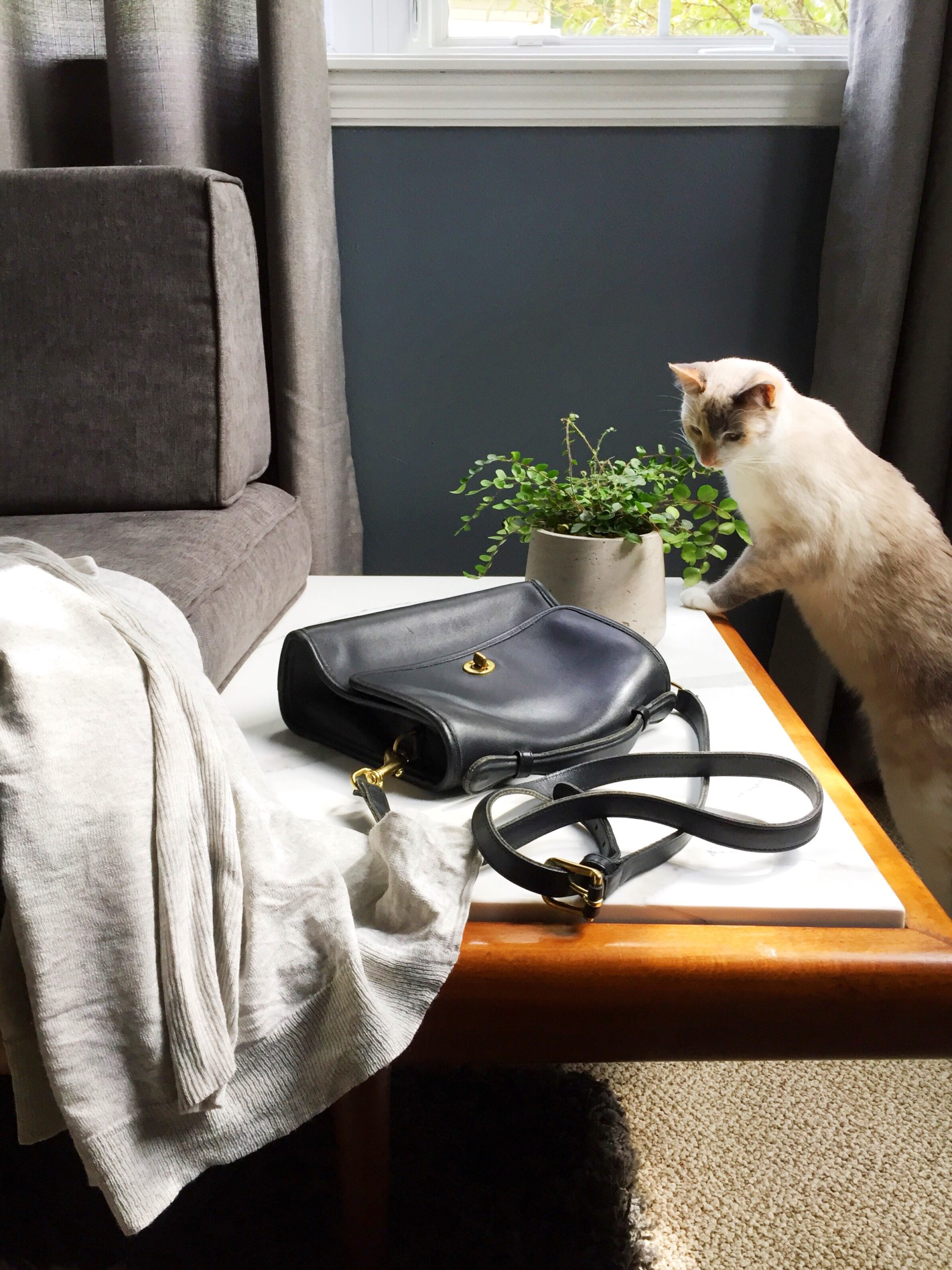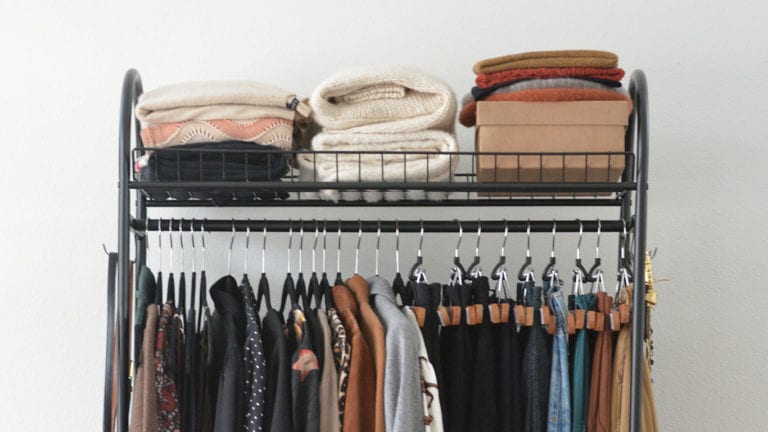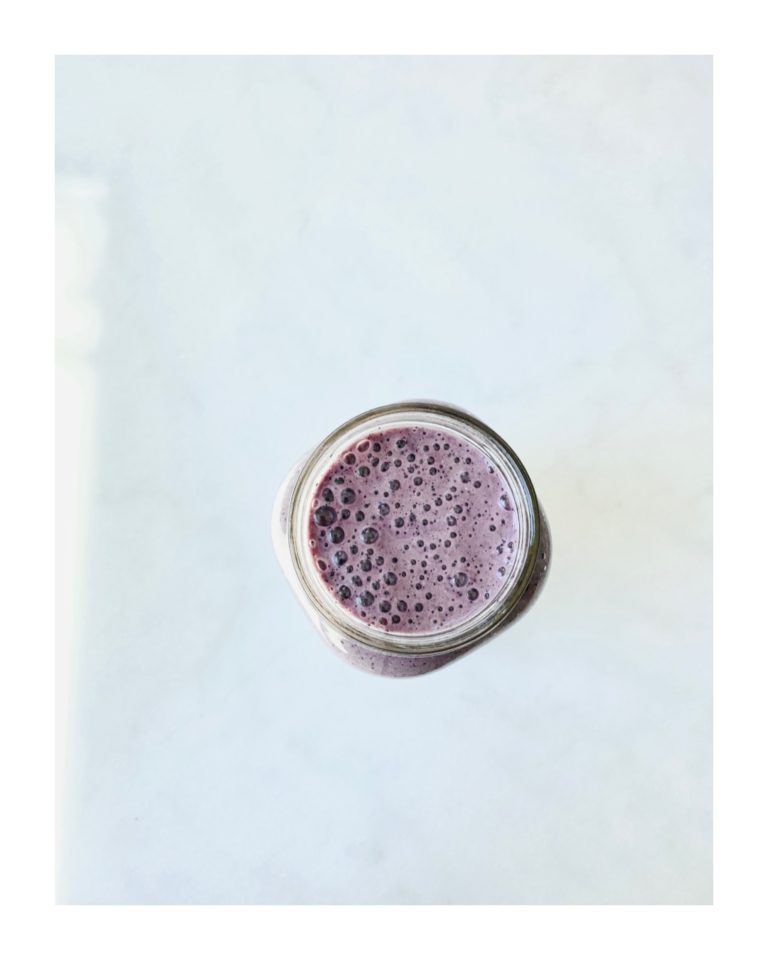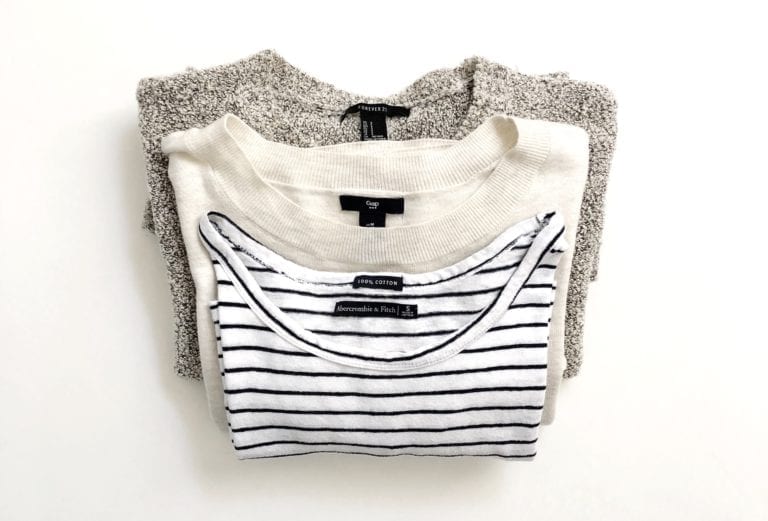I’m pretty sure that I’ve made no secret of the fact that I used to be a shopaholic. I spent money that I didn’t have to buy things that I didn’t even really like (a lot of the time) and most definitely didn’t need.
There was rarely a time when I could walk into a shop and not leave without buying something. If not clothing, then some other accessory.
How far I’ve come really hit me this weekend on a girl’s trip to Chicago. For part of the day on Saturday, we walked around the Magnificent Mile, which is lined with shops, the majority selling unethically produced merchandise.
I probably wouldn’t have went into any stores on my own but I was with my girlfriends who wanted to look at a few things, so I did. Namely, I went into Neiman Marcus, Topshop, Nordstrom Rack and H&M.
While waiting for my friends to find things that they liked, specifically at Nordstrom Rack, I looked through the racks for clothing from ethical brands or for things that were made in the USA. The only thing I found was a pair of jeans that were made in the USA, which didn’t end up working for me. So then I wandered around the store while I waited.
While I wandered, I texted this phrase to my husband (eye roll and all):
“It’s amazing how much I used to love places like Nordstrom rack 🙄”.
Naturally, he was the one I would text this to as he was a first hand witness to my past shopaholic tendencies and love of places like Nordstrom Rack. There wasn’t a trip that we went on where I didn’t have a day (or more) of shopping scheduled in, or an extra bag to contain all of the goodies that I found.
I remember scoping out the mall locations of every place that we had visited on past vacations. I even remember getting into a fight on one of the last days of our honeymoon because all I wanted to do was shop and spend money. We were in a gorgeous country with so many more interesting things than shopping and we spent the last night of our honeymoon in a fight. It was definitely a low point in my shopping addiction. But it wasn’t the last one.
How slow fashion has helped me
Since I made it a priority to shop “slow”, there is very little clothing that I find that aligns with my values when I go to popular shopping areas. Unless I specifically seek out secondhand shops or handmade markets, I often find that I come home empty-handed.
This is not something that bothers me and as I mentioned above, it shows me how far I have come in the past three years.
I also have a running wishlist in my head of items that I would like to buy, the majority from slow fashion online brands. When I find myself in a place with clothes to buy, even if it aligns with my values of being responsibly made or secondhand, I will compare it to the items on my wishlist and if I don’t like it more than any of those, I don’t buy it.
Occasionally, I will still look at shopping areas when I am planning a trip. But I will look for vintage shopping areas or markets with locally made items. And even if I find such an area, I am very selective in what I buy. I try to follow the one in, one out rule when it comes to purchases. I have gotten my possessions down to such a number where I love the majority of the items that I own. To buy something new means that I have to get rid of an item. So I have to really love something more than an item I already own if I am going to buy it.
The long road ahead for slow fashion
But, if there’s one thing that really hit home for me this weekend while out “browsing” is that we have so far to go in terms of people shopping ethically. I saw so many people buying so many items that were fast fashion. It’s nice to read all the articles about people shopping slowly and how some fast fashion brands are starting to make changes, but outside of my little bubble of ethical shops and like minded people on Instagram, it’s a little overwhelming.
This thought has been bothering me so to feel more encouraged after the shopping experience that I just had, or didn’t have, to be matter of fact, I started looking around for reaffirmation that slow fashion would win the battle someday.
According to Fashionista:
In 2017, resale had 6 percent market share while fast fashion had 9 percent. In 2027, that’s projected to be 11 percent resale, 10 percent fast fashion.
It is promising that fewer people will be buying fast fashion and more people will be buying resale, which keeps clothing out of landfills and people away from purchasing garments from a retailer that may not participate in slow fashion.
According to Fast Company:
In the fourth quarter of 2017, the brand experienced a sales decrease of 4%. For the full year, operational profit went down 14%, its largest decline in six years.
This quote is in reference to H&M’s profits for the specified time period. As one of the largest promoters of fast fashion, there is comfort in knowing that their profits were lower than the previous year. Hopefully, it is a sign that people are moving away from purchasing so many throw-away garments.
Then there are organizations such as Fashion Revolution and Fashion for Good which have global initiatives to help increase awareness about the adverse impacts of the fast fashion industry.
Their campaigns encourage people to think about the condition under which their clothing was made by asking “who made my clothes” (Fashion Revolution) or to think about the amount of clothing that they consume with their #slowfashionsummer campaign (Fashion for Good) to have 2500 people sign up to buy no new clothing for 3 months. Even though the signup is over, I have committed to buy no new clothing for 3 months alongside this campaign, as I mentioned in this post.
So, even though it feels like there is a long way to go to reset people’s attitudes towards the clothing that they purchase, there is movement in the right direction. And I think it’s important to remember that change takes time. And a few people advocating for change will eventually grow into a lot of people advocating for change and that progression will make all the difference.
In the words of Margaret Mead:
Never doubt that a small group of thoughtful, committed citizens can change the world; indeed, it’s the only thing that ever has.
Let me know in the comments how slow fashion has changed your life.
– xG






Pingback: How to Budget in 9 Easy to Follow Steps - Uncomplicated Spaces
Pingback: I Used to be a Shopaholic - Uncomplicated Spaces